Whether you're a content writer, a marketer, a developer, or a working freelance, email is an integral part of our modern world.
In fact, it is the most standard form of communication among freelancers. Because of this, it is important to learn the best practices and etiquette for sending emails if you want to attract and retain clients.
1. Practice Quick Reply
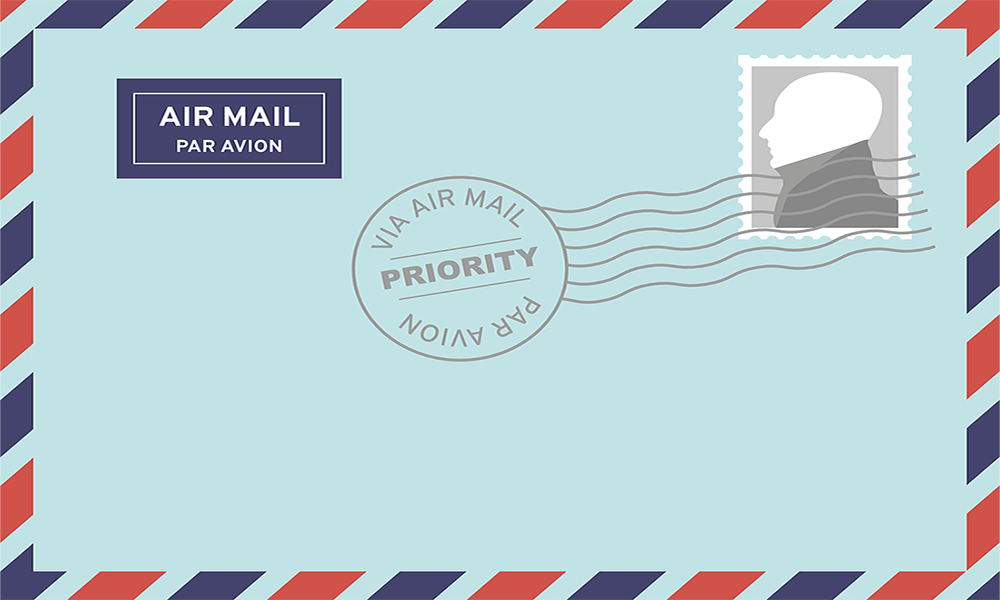
Since freelancing business depends on email communication big time, prompt response has become an expected standard.
Unless you're spending time with family and friends, you should always aim to reply to all your emails within an hour. If that is not possible, reply on the same day during the client's business hours.
2. Clarify the Point at the Start
Your clients don't need to read your email until the end, or worse, multiple times, to understand the point you're trying to make. If you're writing an email, be sure to clearly state your message right at the beginning—either in the subject or the body.
The subject should be short and specific. In the body of the email, emphasize your most important details by using bullets points.
3. Double Check Grammar and Spelling
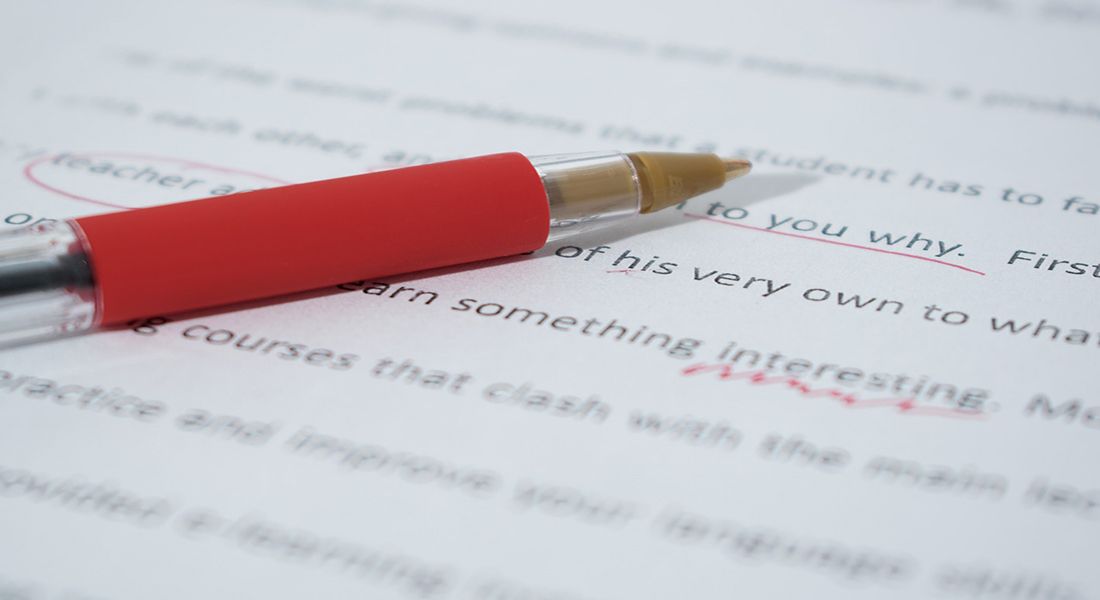
Your email is a reflection of who you are. It’ll show what the clients expect from you in terms of work quality. Even the most experienced professionals make typos, especially while typing from smartphones. However, clients won’t get a good first impression from such mistakes.
After you’re done composing, read the email aloud so that you can find out grammatical mistakes. You can also use online tools for additional assistance.
4. Keep It Concise
If you're a writer coming from a literature background, it might be difficult to resist yourself from writing in flowery language. However, for an ordinary person, it'll only become a code they’re unable to decipher!
Always keep your emails short and simple. Write in small sentences and use words everyone knows. If you have to convey information that'll not fit in a few paragraphs, it is better to schedule a virtual meeting or phone call.
5. Answer All Queries
This point might seem contradictory to the previous pointer, where we asked you to keep the email short. Well, skipping any question of your client for the sake of conciseness will be a disrespectful action.
Address the queries asked on each section of the email in separate sections. So, the client knows that you read their email attentively. When you are not able to answer a question right away, mention it when you can.
6. Follow Single and Standard Format
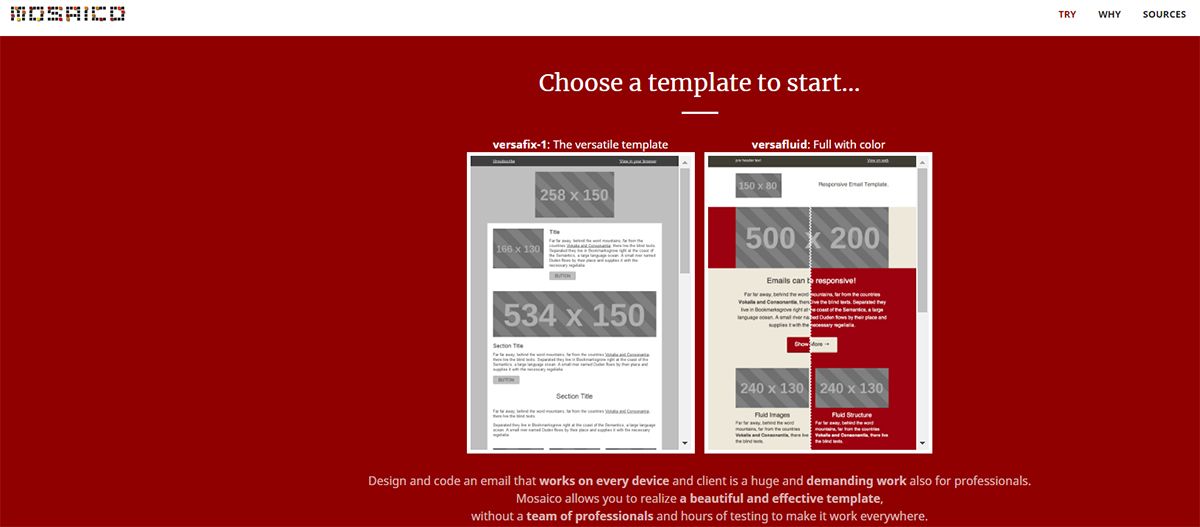
While writing emails to your clients, use a single format for all the emails. Make sure to use the same typecase, font size, font color, and text structure on each email. If you don’t have any standard format, a single email thread will look weird.
For business communications, you can use fonts like Arial, Calibri, and Verdana. For size, 12 is safe. Using colorful fonts isn’t advisable for this kind of professional interaction—let’s stick to black.
7. End With a Signature
Whatever your professional status, it's always a good idea to have an email signature with your contact information at the bottom of your emails. This helps people remember you so they can contact you immediately whenever necessary.
Adding a personalized signature at the end of the email is easy, and it'll only make you look professional. Add your contact details in the signature.
8. Use Out-of-Office Email Template
You can go on a vacation but while freelancing, make sure your clients know that. Besides alerting them personally via email, it’ll be great to have an out-of-office responder.
While working with multiple clients, you need to manage the deadlines. Likewise, your clients need to know when they can expect your response.
9. Always Follow-Up
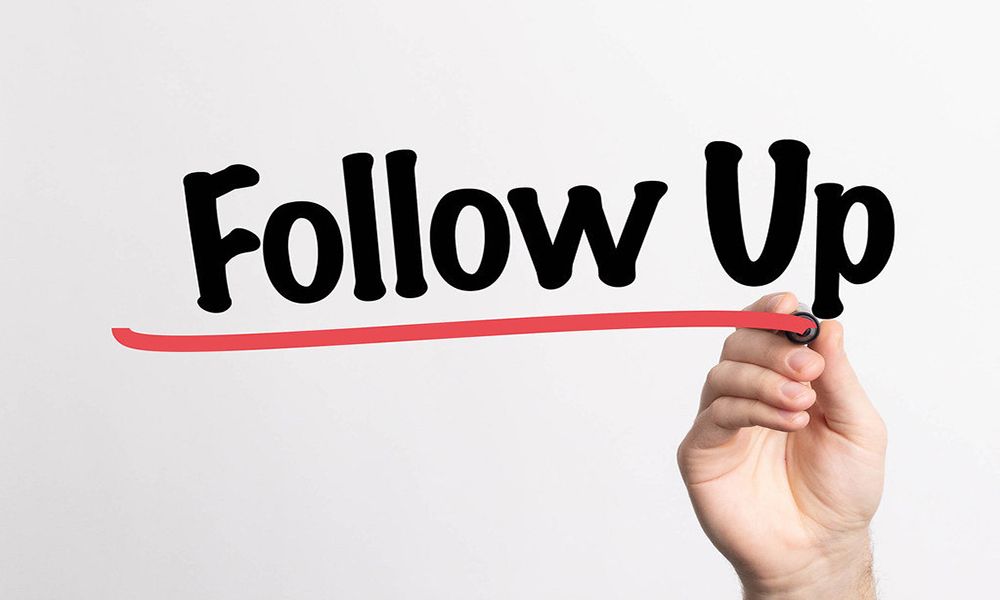
Following up with your clients is essential when you were expecting to get a reply but didn’t. In a follow-up email, you can copy any relevant information and re-attach any crucial files to help the client easily find out the necessary information.
10. Use the Right Language
Use the standard professional language while communicating with your clients. Avoid using emoticons in such formal conversations. Start the email with a courteous greeting and directly addressing the clients with their names.
Don’t use ALL CAPS or acronyms like ASAP or RSVP. Also, it is better not to use a short form of your client's name.
11. Avoid Replying When Upset or Angry
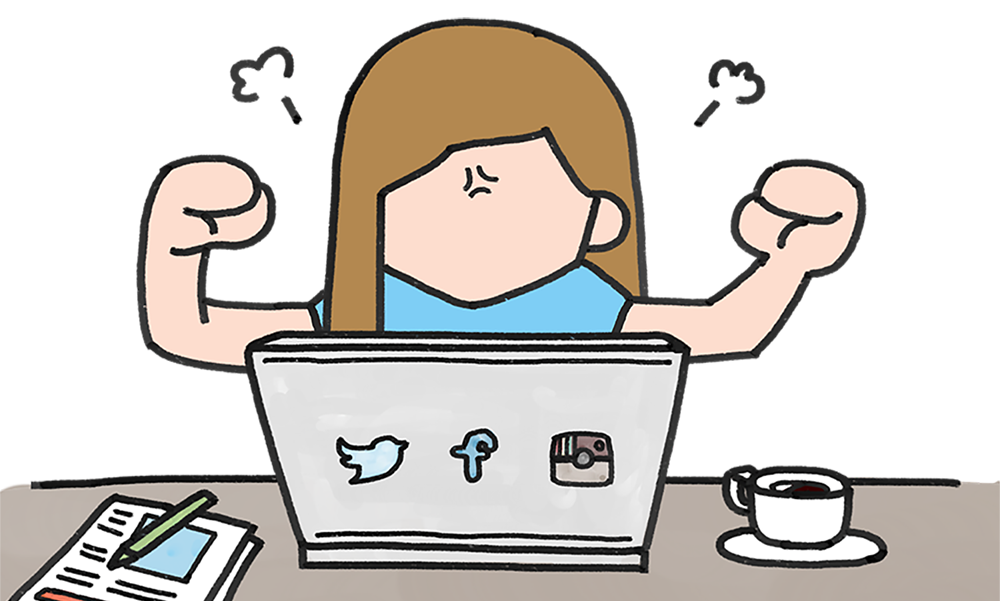
No matter how long you're in the freelancing business, feeling frustrated and angry by your work is bound to happen. If some emails from the clients make you upset, the natural instinct would be to reply instantly.
But, always refrain from replying while you're being carried away by the emotions. Remain professional and write a polished reply once you calm down.
12. Communicate Using Other Methods
As you grow as a freelancer, you would know when to take the discussion offline. While sharing some time-sensitive information, don’t only rely on emails. Always pair it with any real-time form of communication like a phone call or Slack message.
13. Don’t Attempt to Make Friends
You're here to build a business relationship with your client, not to make friends with them. It’s always safe not to be funny or clever with your client. Stick to the information and the intent of your message. There is no hurry to show them your personality while you're going to have a professional relationship.
14. Don’t Skip Replying
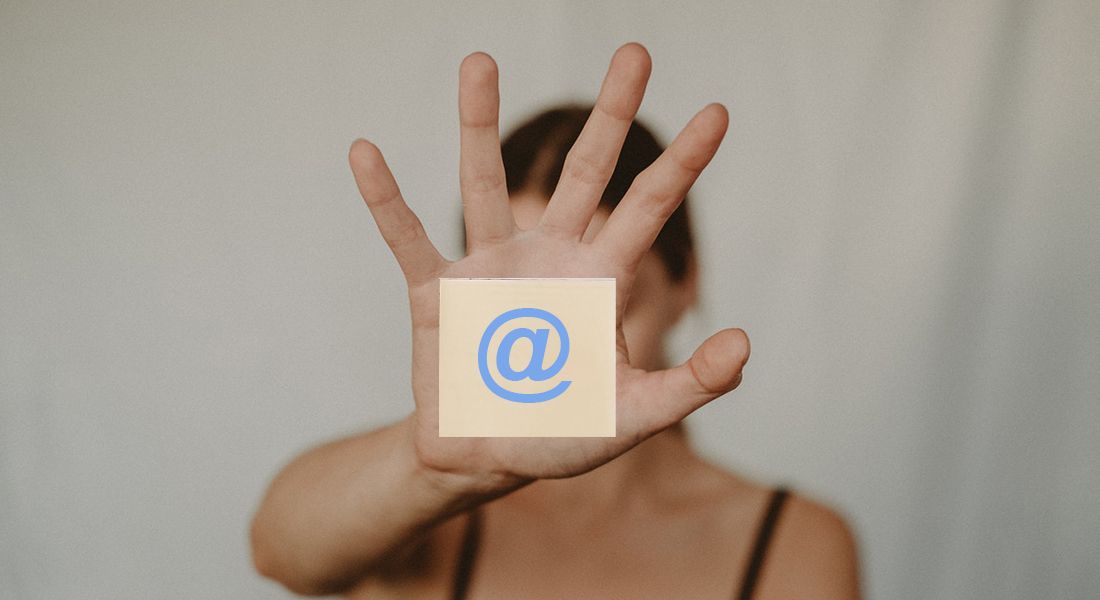
Being late to reply to an email or skipping it altogether might cost you a project. If your inbox is full of sales emails and unnecessary newsletters, you may miss out on important emails from your client.
Mark emails from existing clients as favorites so that you get those on top of your inbox. To quickly access all work-related emails, keep your emails tidy.
Smart Email Etiquettes Will Impress Your Clients
In order to manage a business effectively, sending emails is an essential part of the process. Try these quick hacks to craft a professional email and present yourself in a smarter and better way to potential and existing clients.